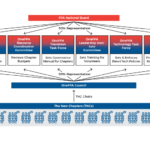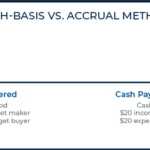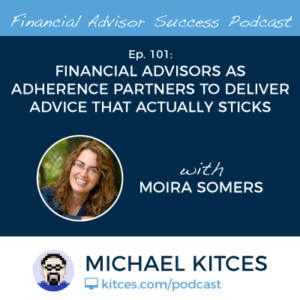It’s no secret that the Financial Planning Association has struggled for many years with stagnant membership amidst an increasingly difficult and competitive landscape for membership associations given both the rise of social media (and more online platforms for people to connect outside of traditional networking and professional associations) and intra-industry competition from other membership and trade organizations and even media companies competing for advisors’ attention.
In the case of the FPA, though, the situation is further complicated by the fact that the FPA is not just a single entity, but a national “parent” organization that has 86 separate chapters – each its own legal entity with its own Articles of Incorporation, Bylaws, and Board of Directors – that each sign an “affiliation agreement” to represent the FPA at the local level. And while in the early days of the FPA and its predecessor organizations, a distributed chapter system was necessary – where there were no resources for a national organization, nor the kind of centralized communication and business management technology to execute a national organization – in today’s environment, it simply means 86 different entities repetitively filing Form 990s, 86 different entities implementing their own technology, and 86 different entities each rowing in their own similar-but-not-always-same direction under the national affiliate umbrella.
To address this challenge, last month the FPA issued a proposed initiative to re-form the FPA as not a series of 86 independent chapters (plus 2 state councils!), but a single national entity under one umbrella that can better centralize technology, operations, accounting, and other largely redundant functions of the individual chapters, while reconstituting “The New Chapters” (or TNCs for short) that will no longer be discrete entities but will still have ultimate responsibility for implementing their own local budgets to run their own local programs.
And in return for becoming part of the new “OneFPA Network,” chapters will have the opportunity to send representatives to a new “OneFPA Council” – a form of Participatory Governance system that will allow both a pathway for chapters to provide feedback to the National Board, and also to populate and be represented on key National committees regarding everything from Strategic Partnerships and Resource Coordination of chapters, to the Nominating Committee of the National Board and a new OneFPA Leadership Institute for the development of future volunteer leaders.
Ultimately, the new OneFPA Network is scheduled to roll out at the end of 2019, but the FPA leadership has already launched a “Listening Tour” series of meetings with FPA chapter boards to gather feedback as the final details of the structure are sorted out in the coming months. Though in the end, the real question is not simply how the OneFPA Network will work, but whether it will work, and be the transformational change the FPA really needs to reinvigorate its growth? (Stay tuned for my own thoughts on the likely efficacy of FPA's OneFPA Network proposal next week!)










